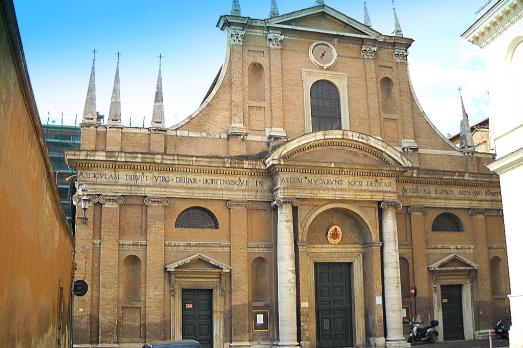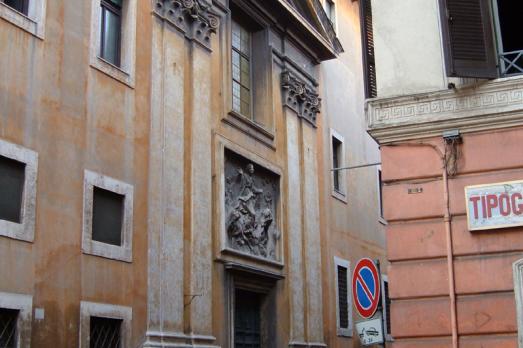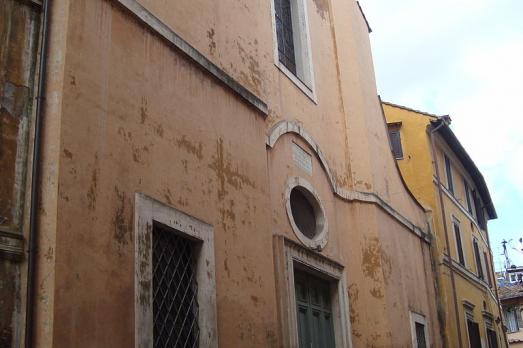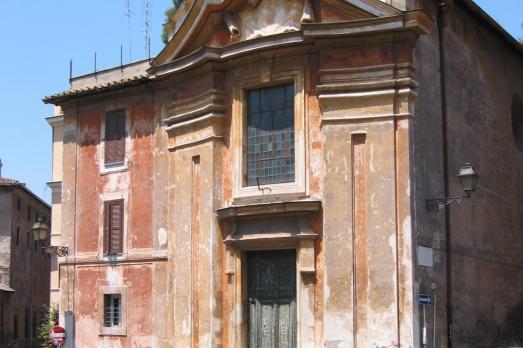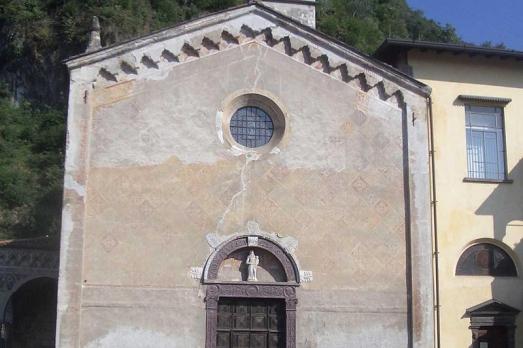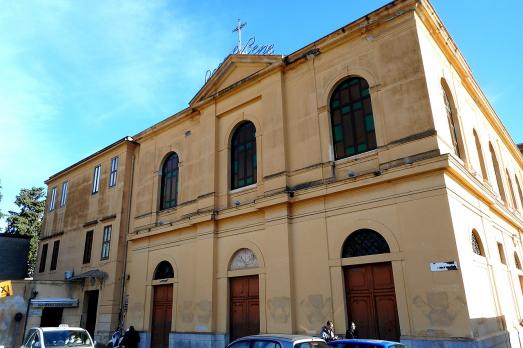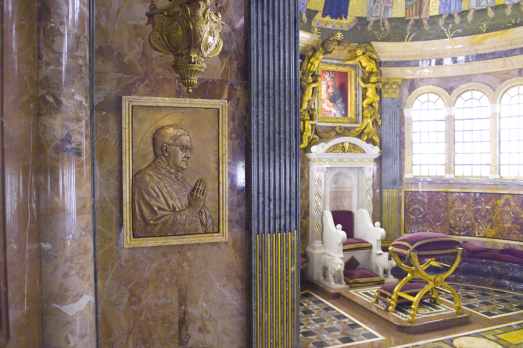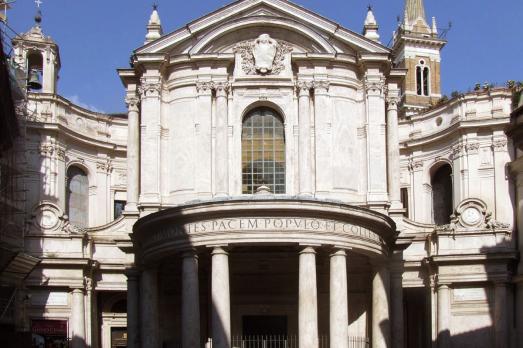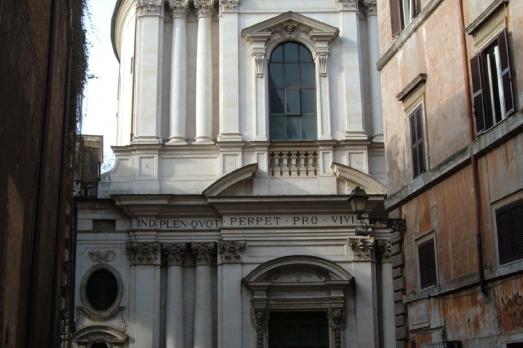
Chiesa di Santa Maria dell'Orazione e Morte
Roma, IT
Santa Maria dell'Orazione e Morte was built in the 1730's. The Confraternità dell'Orazione e Morte (Confraternity of Prayer and Death) aims to bury anonymous corpses and pray for their salvation. In 1572 the Brotherhood acquired an area between Palazzo Farnese and the banks of the Tiber and built a small church with burial rights between 1575 and 1576. In 1732, the architect Ferdinando Fuga began to build the church that exists today, an oratory and a large cemetery, partly underground and partly on the river bank.
